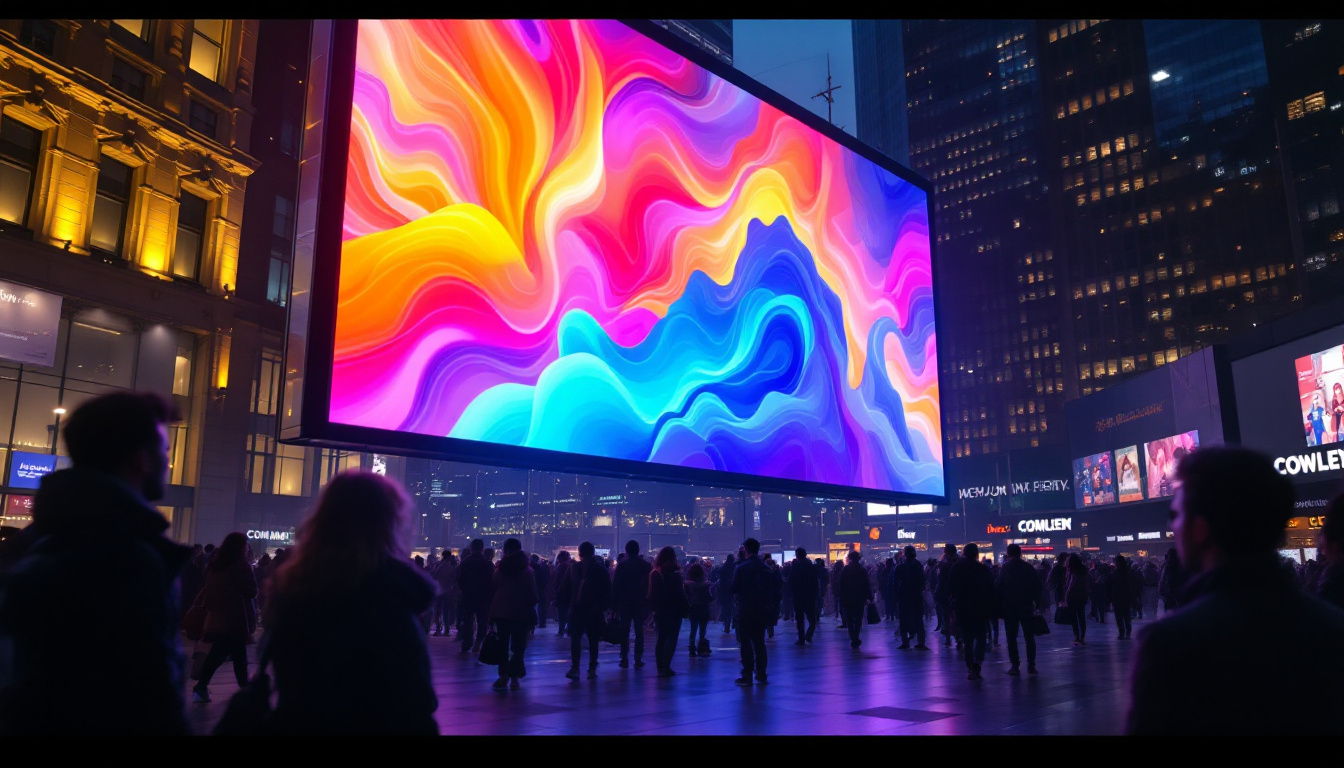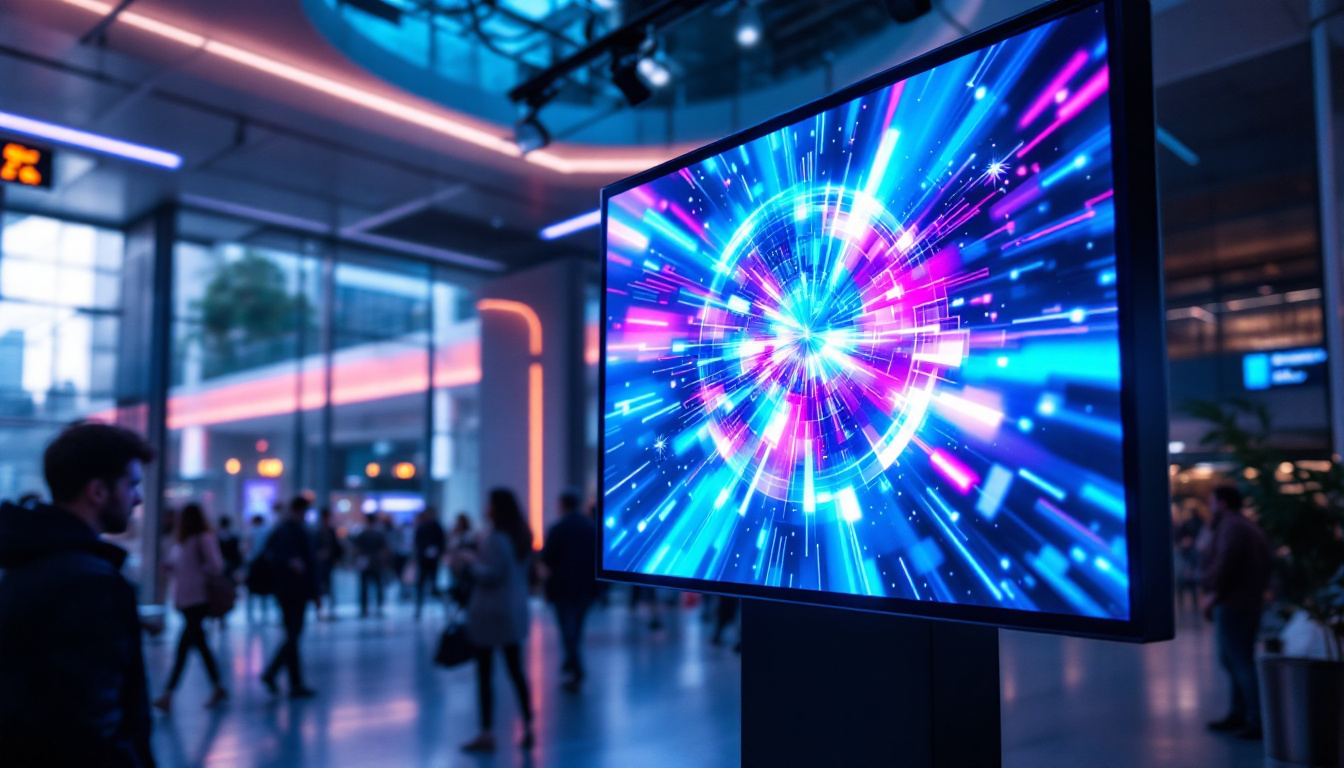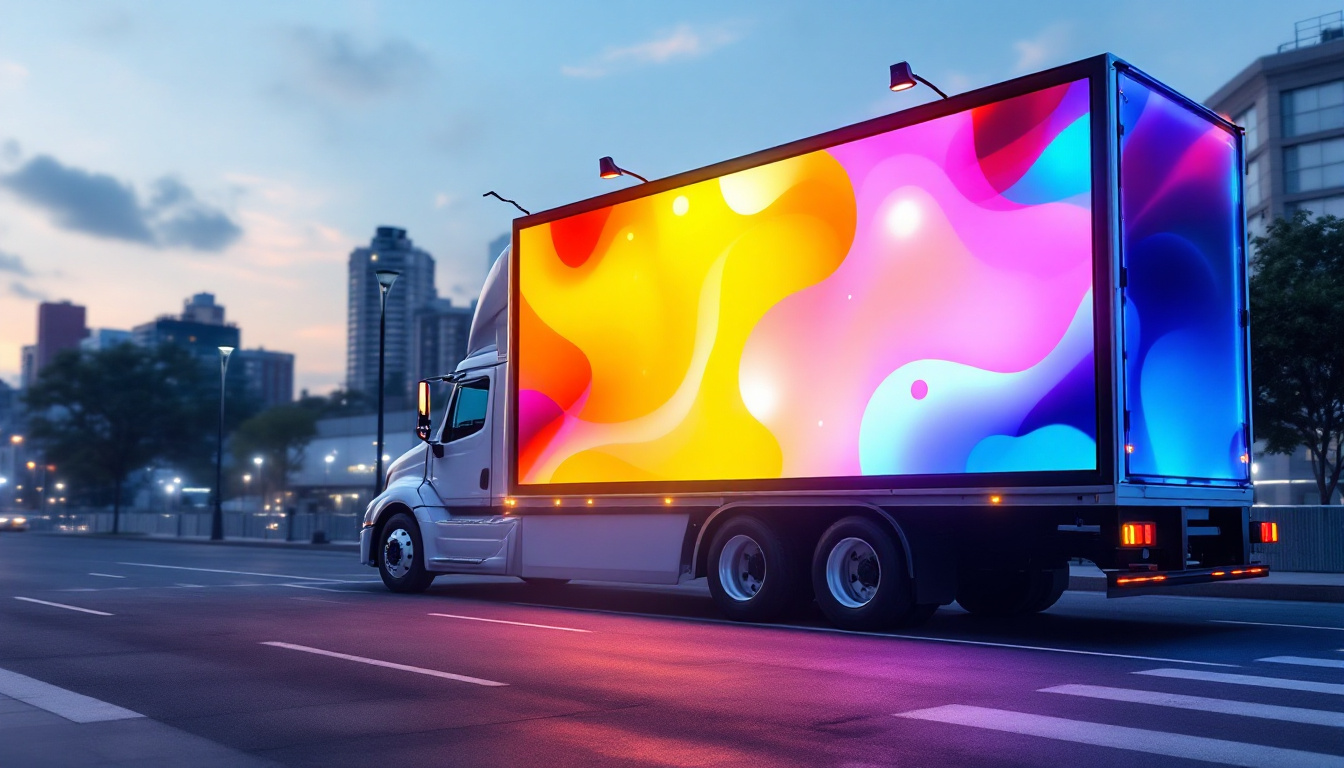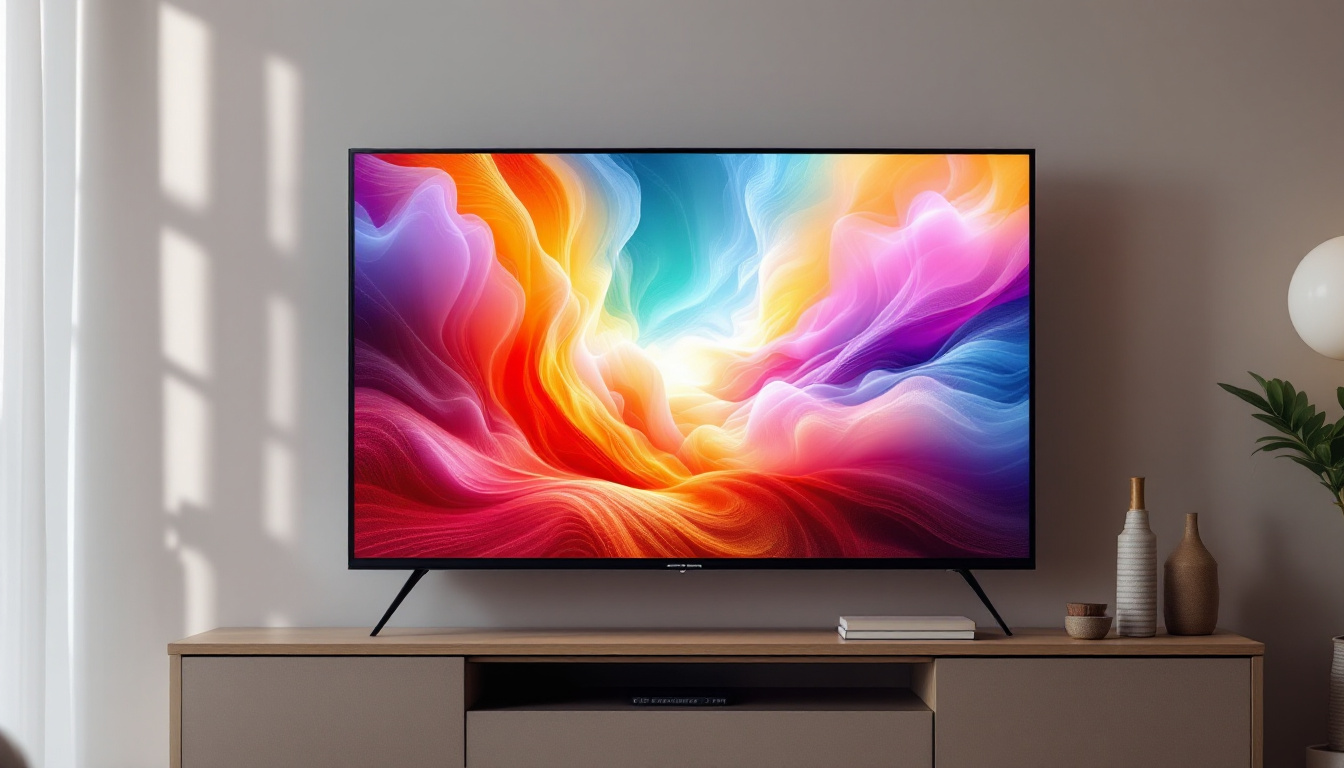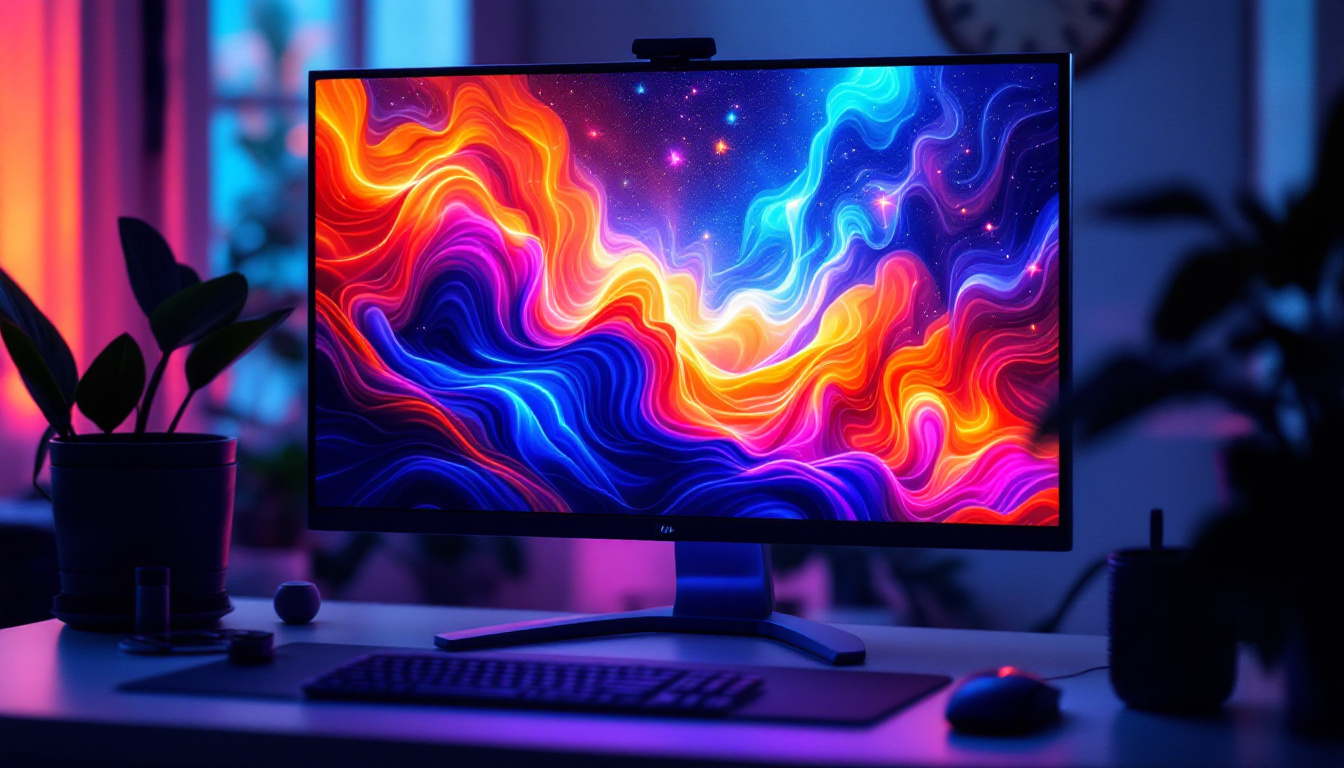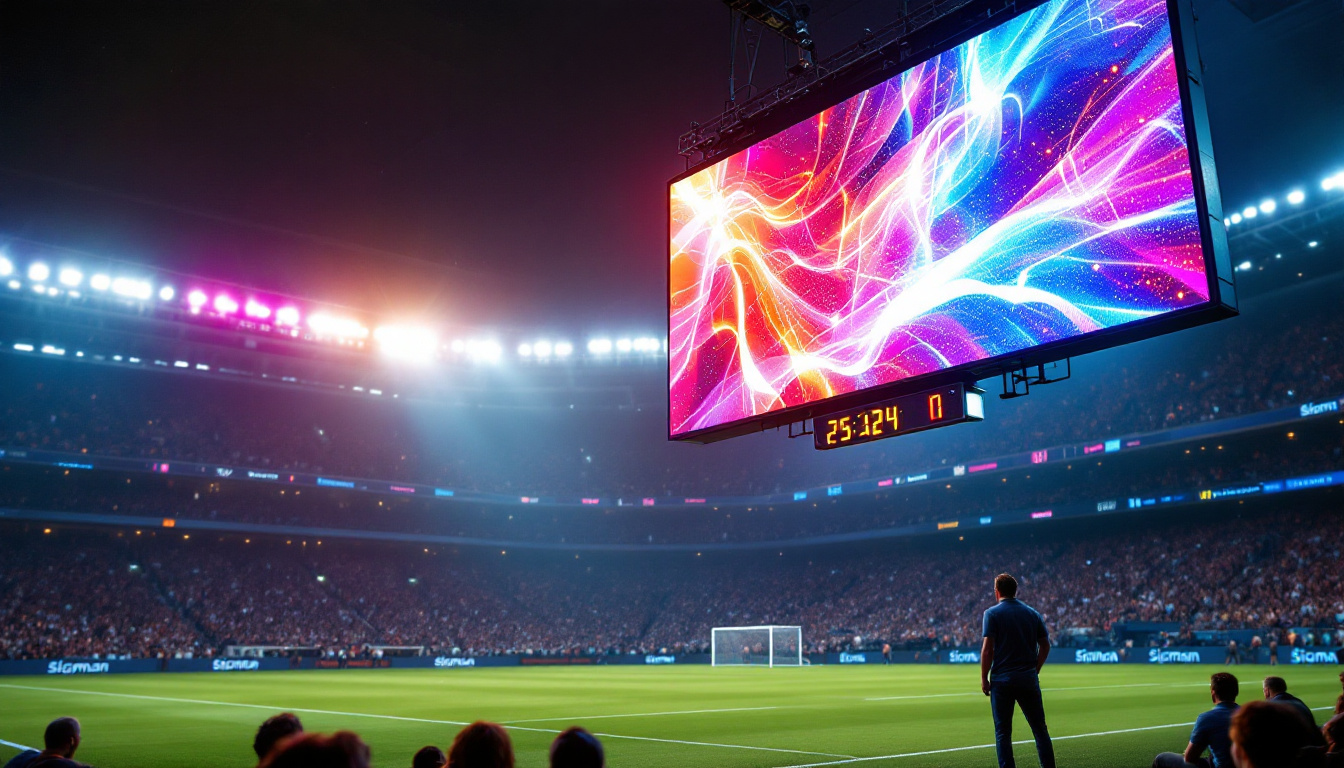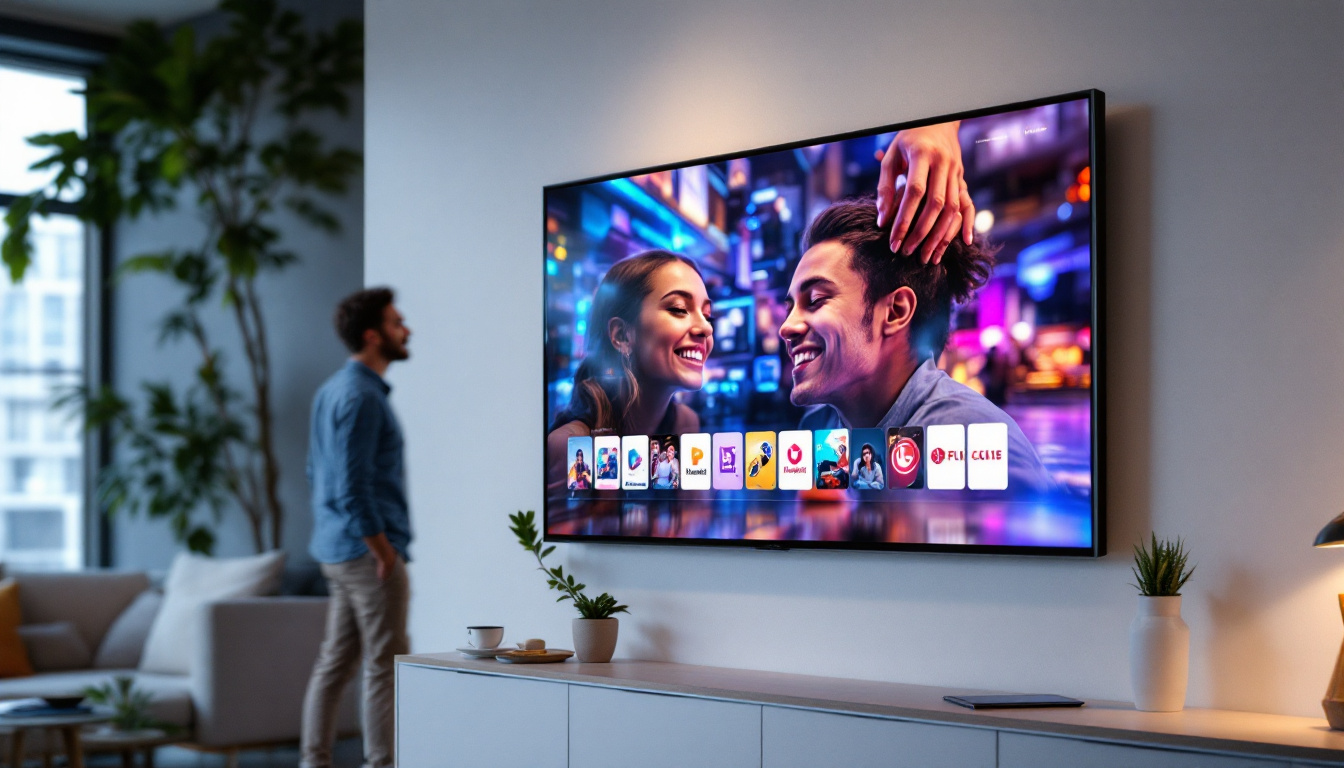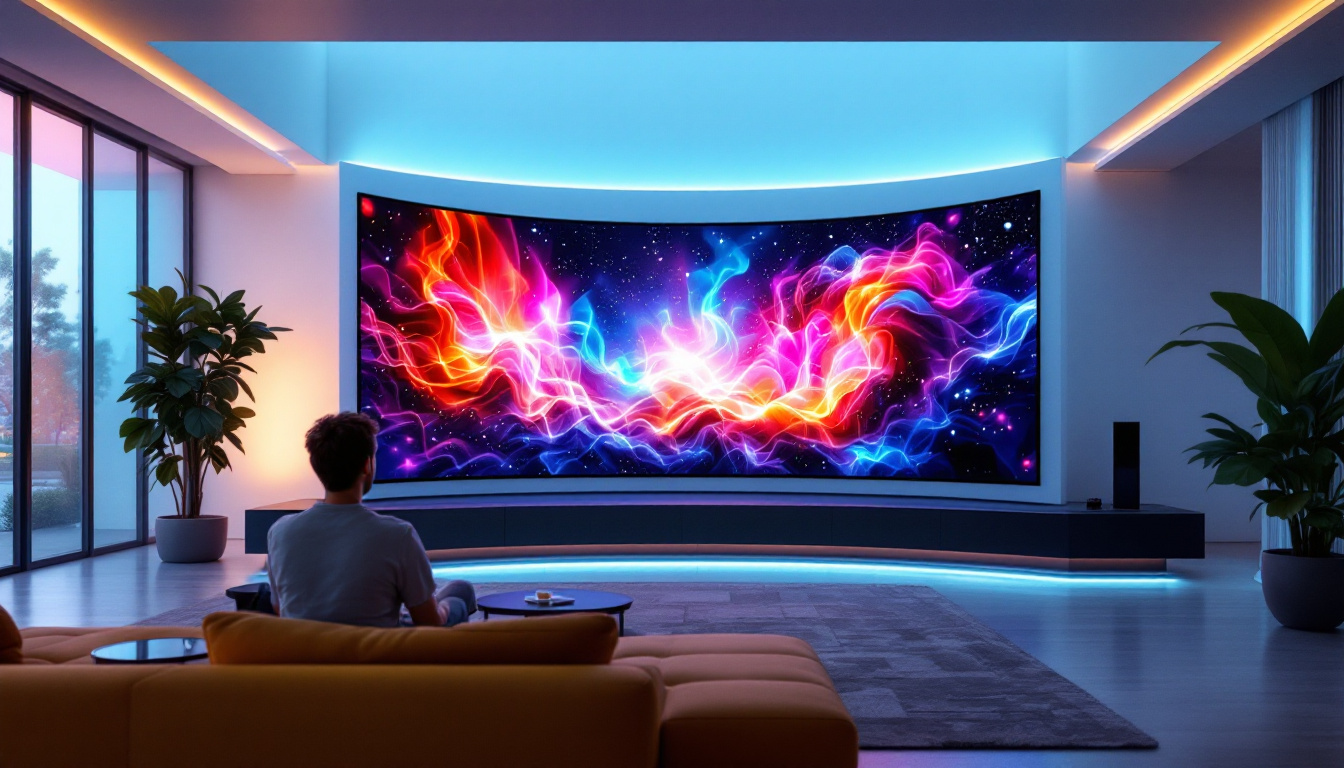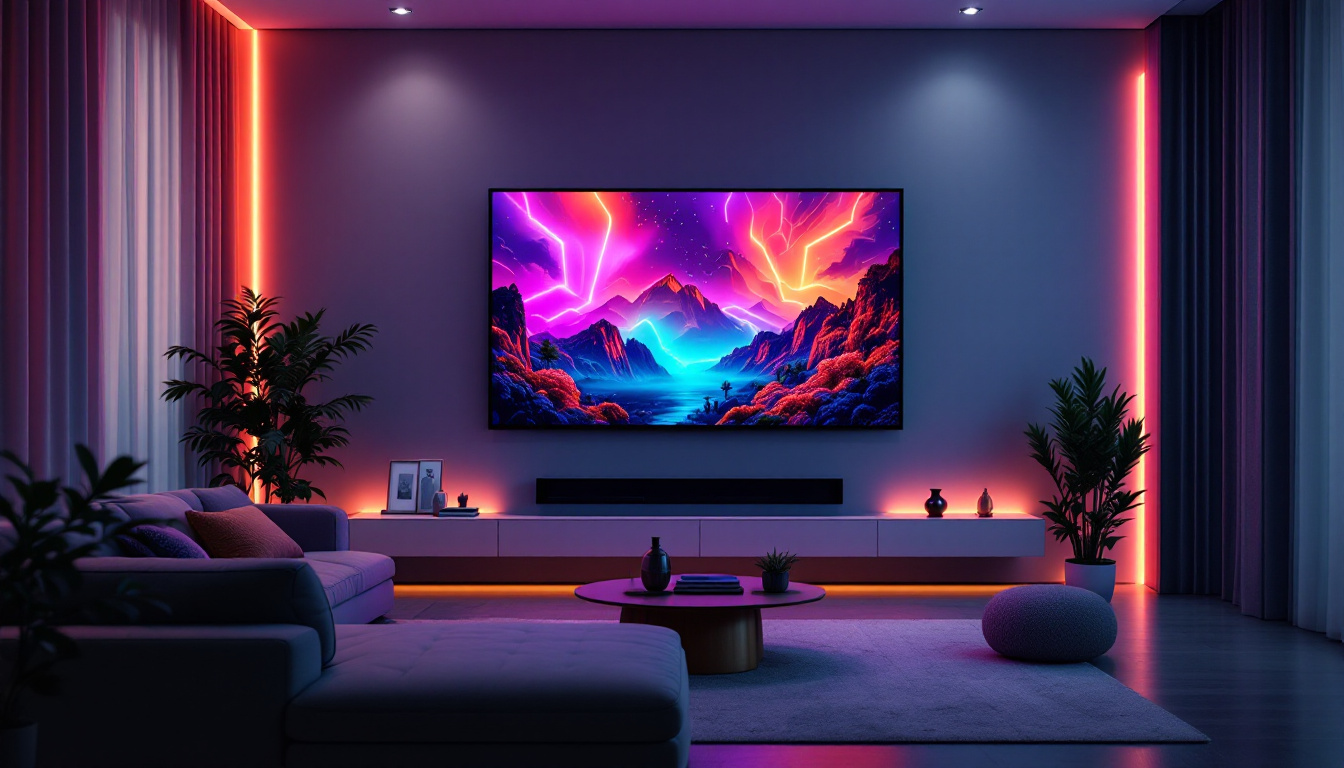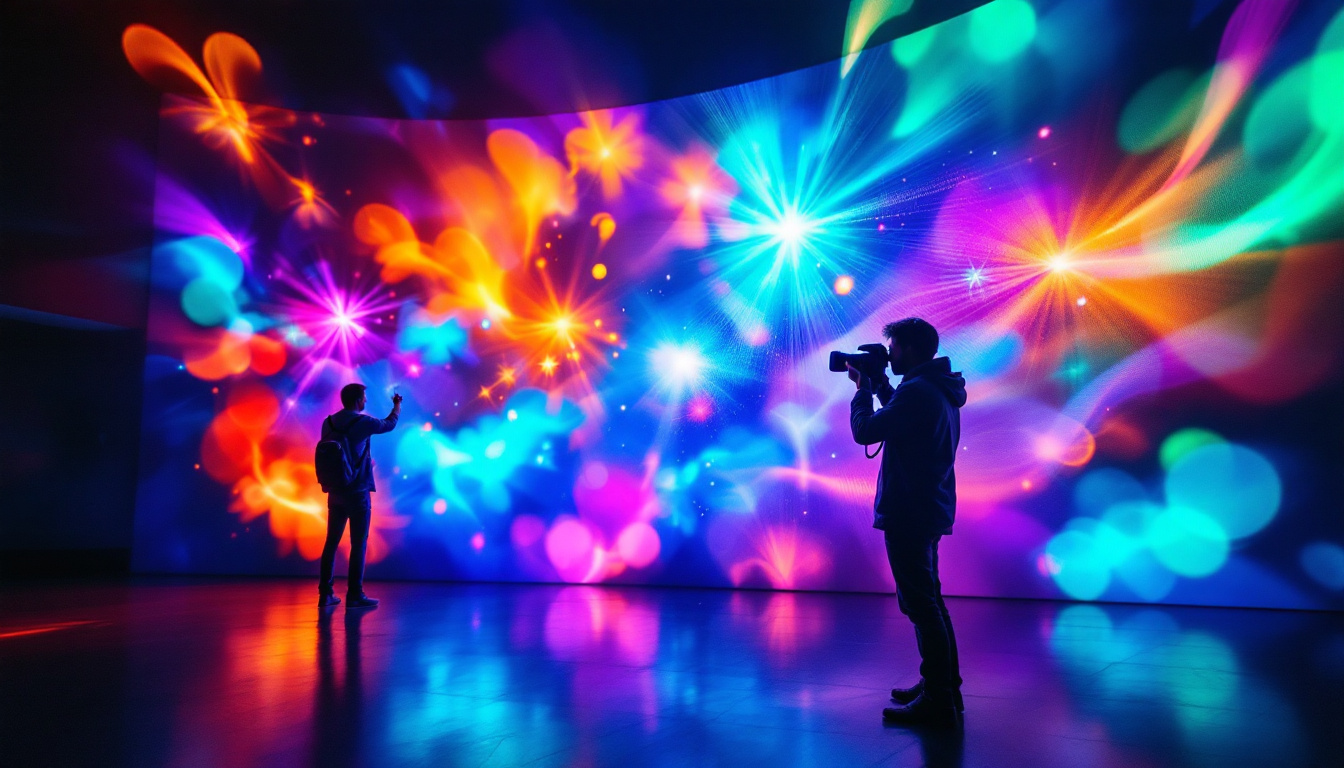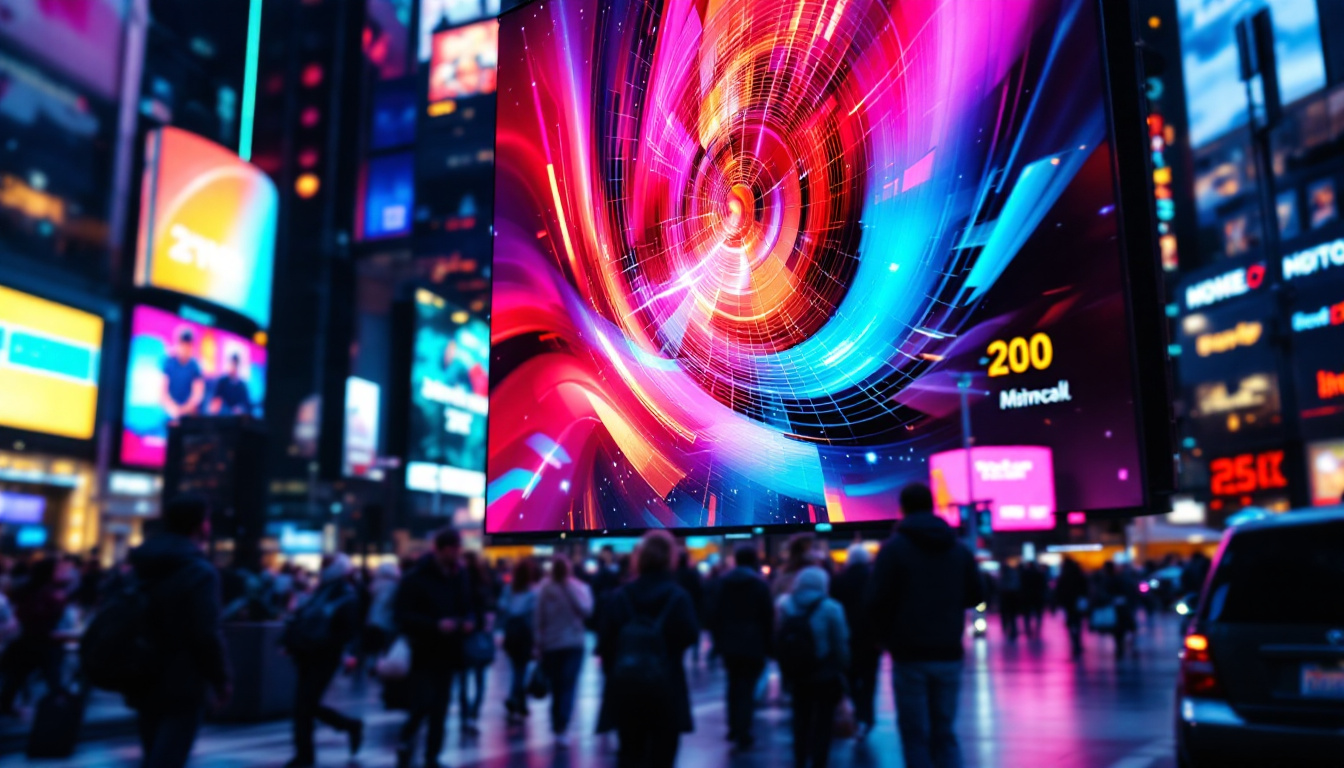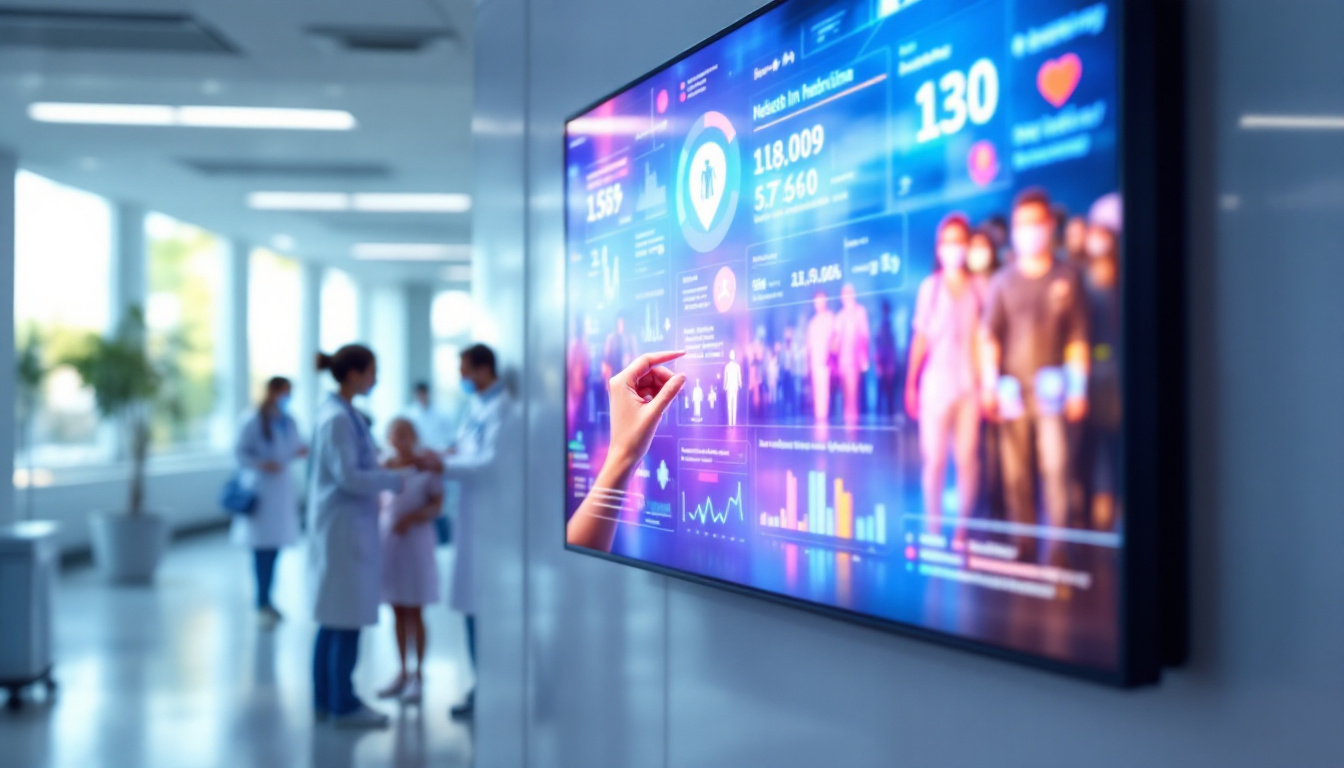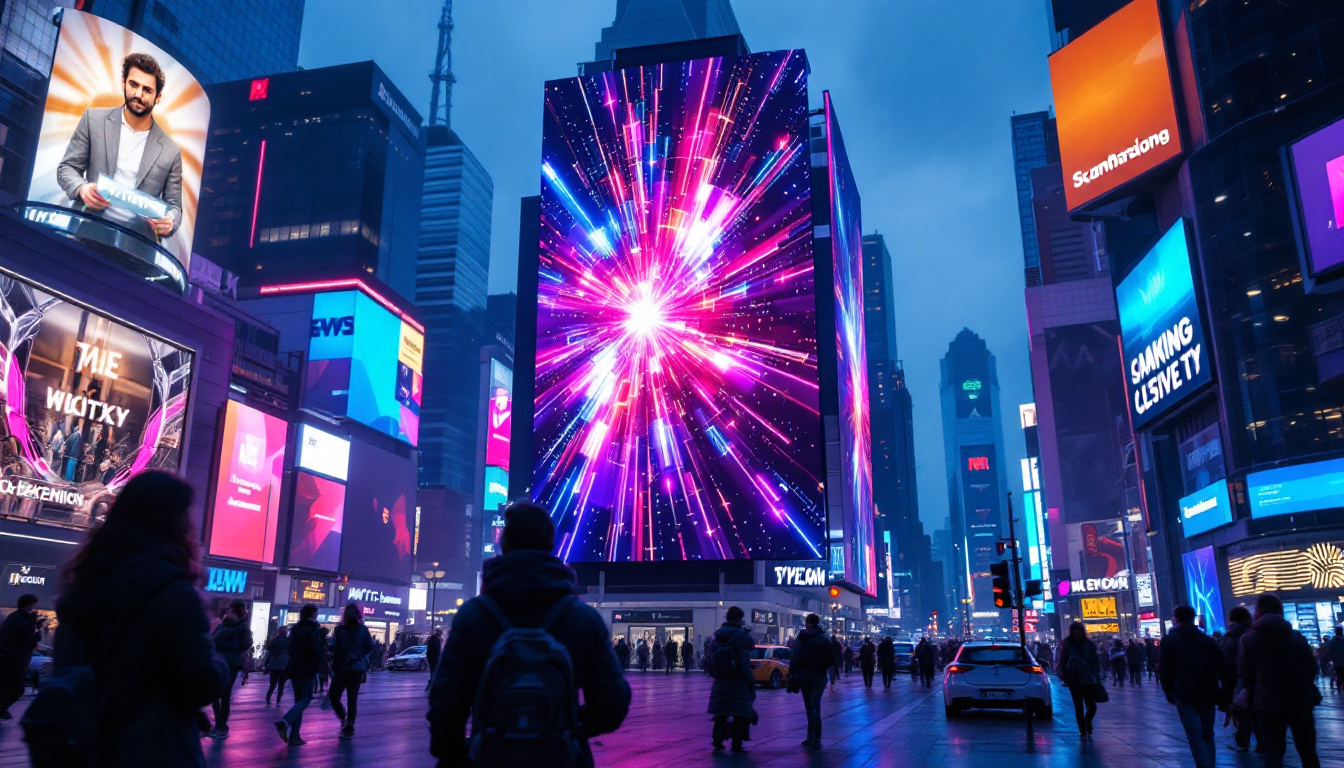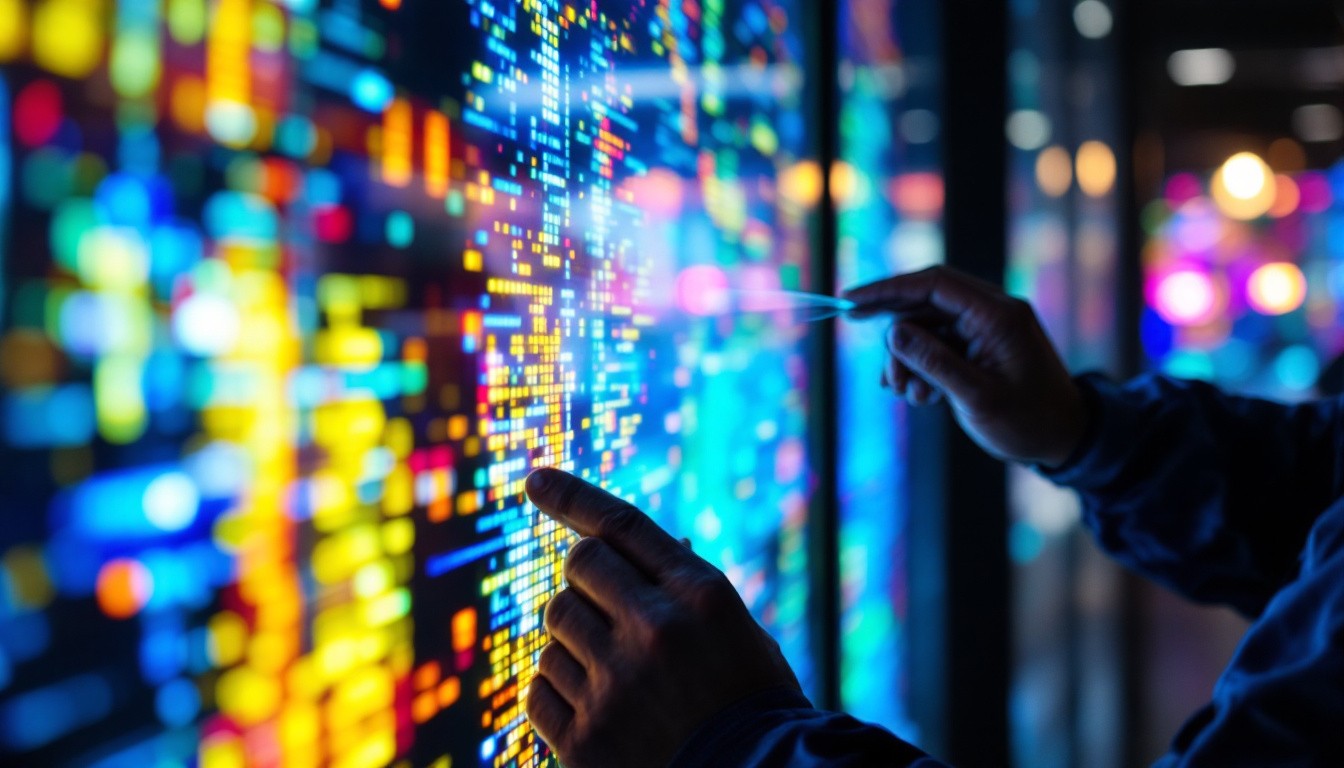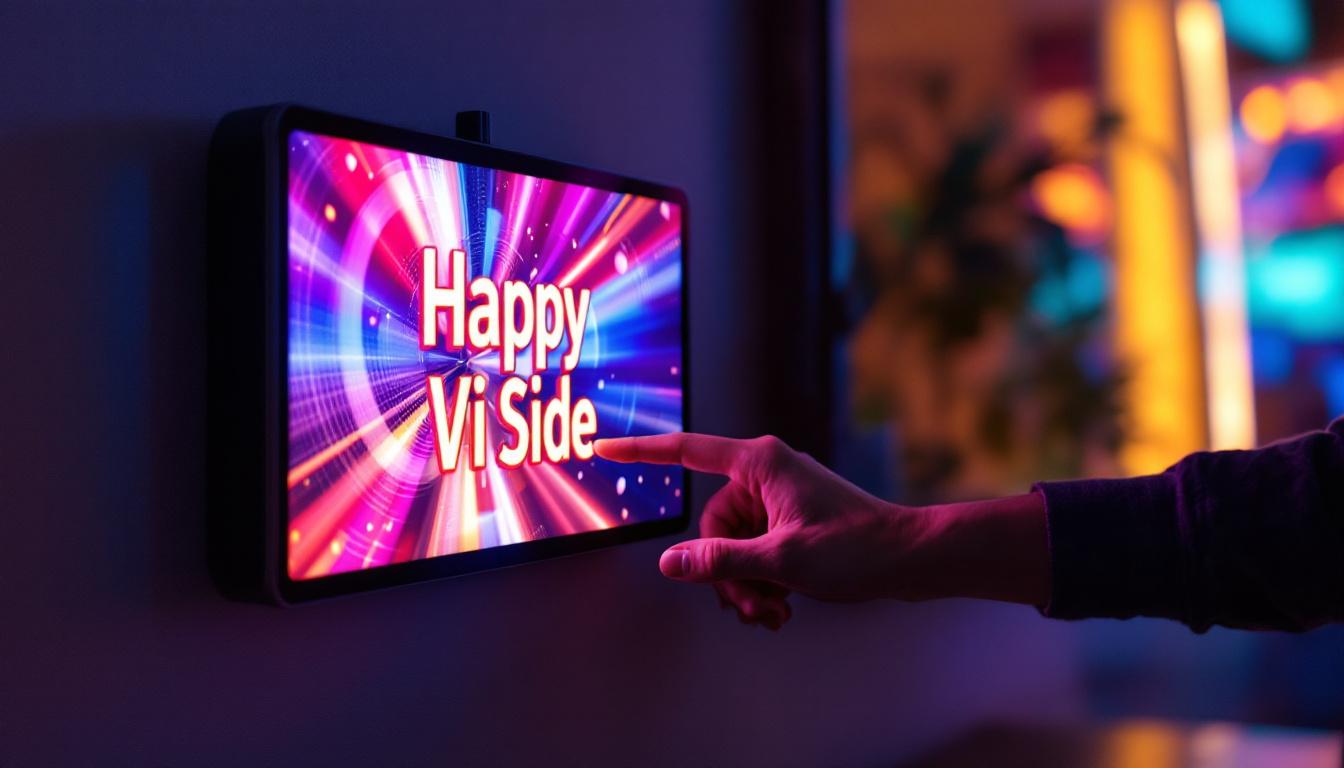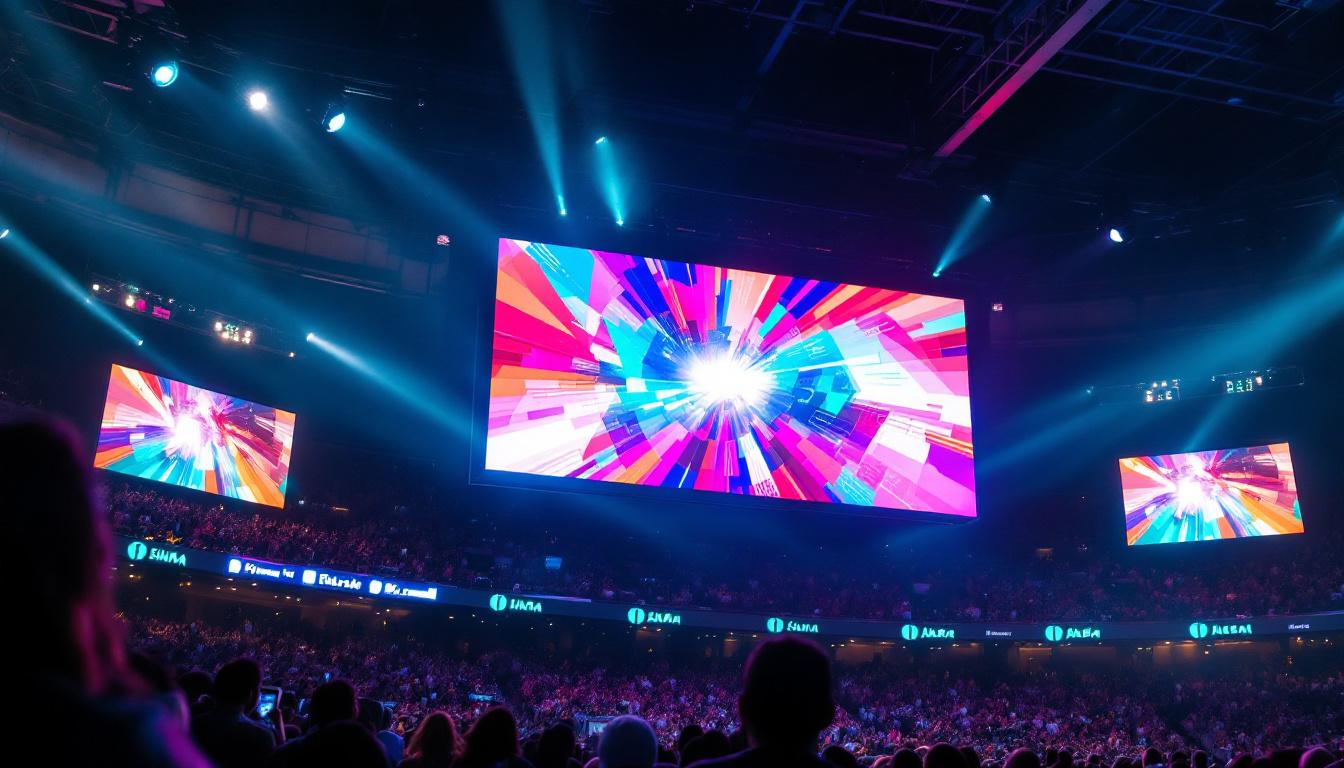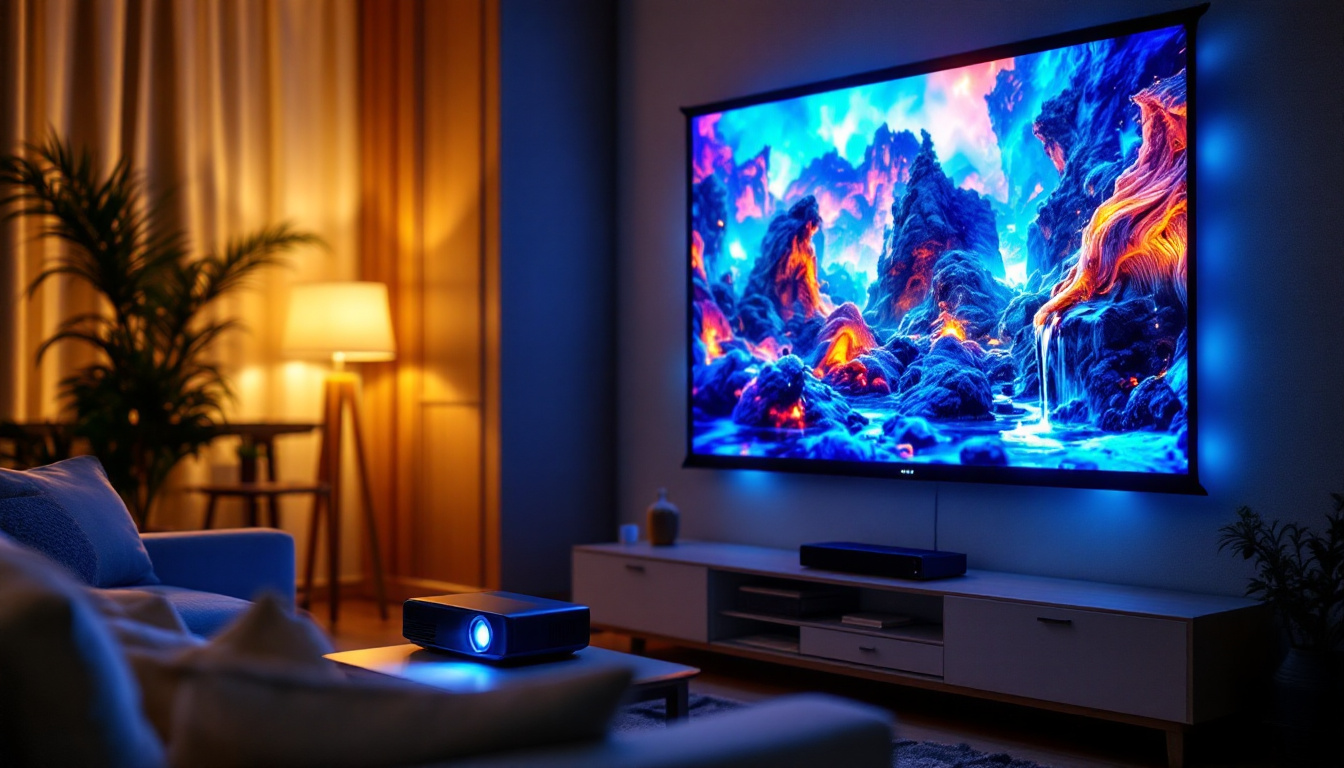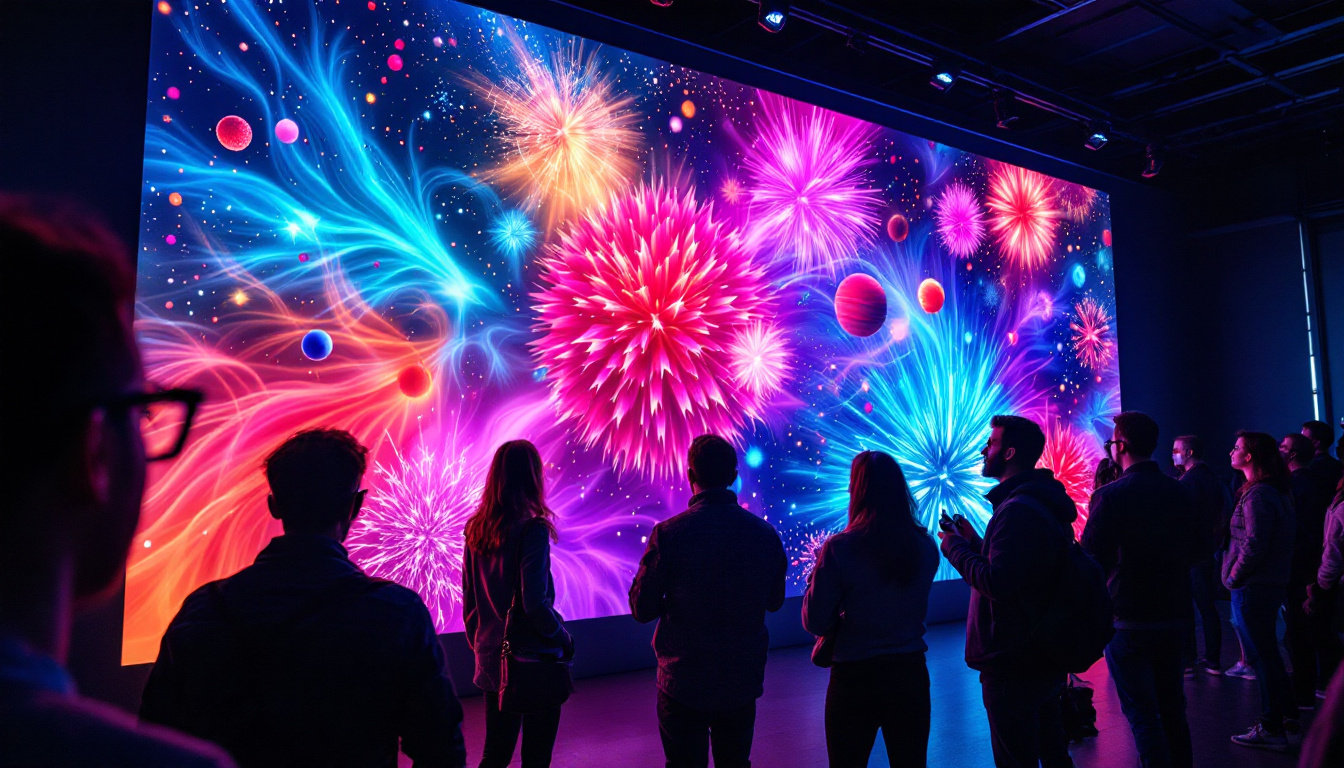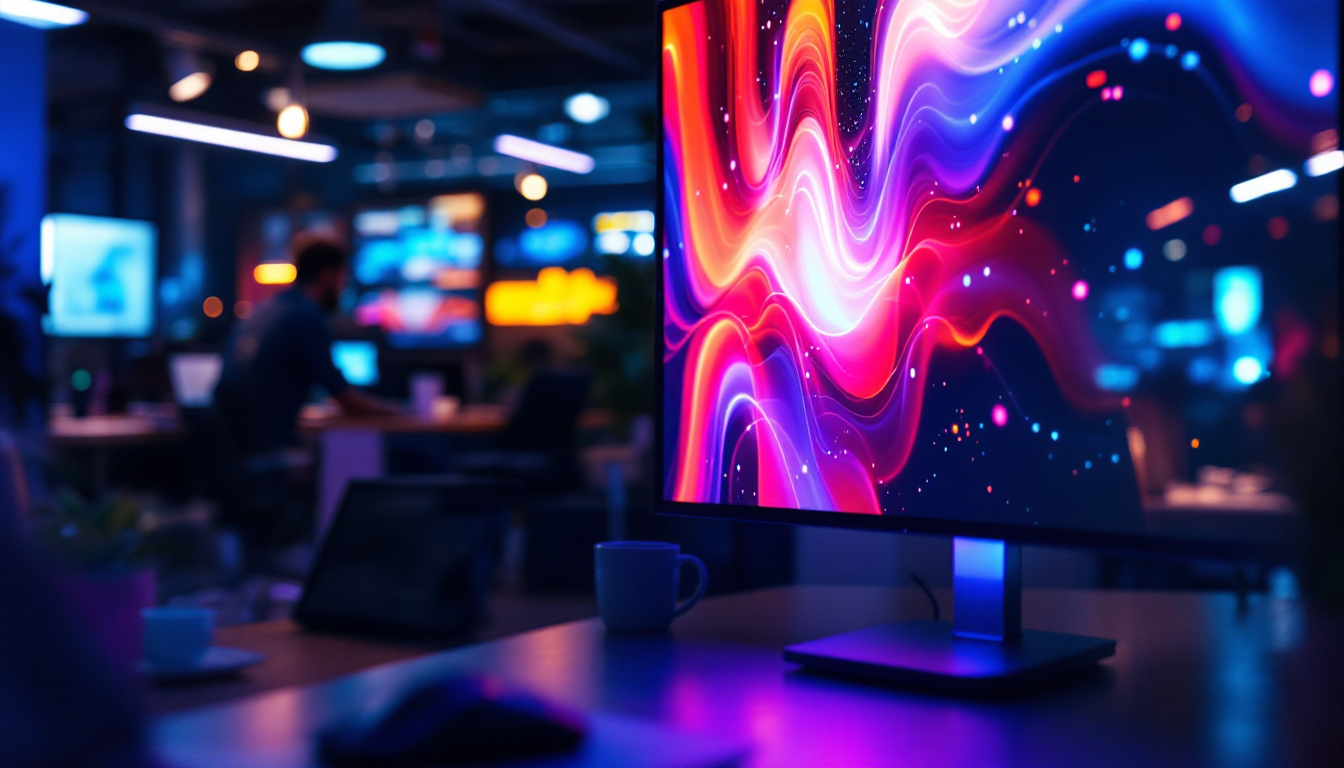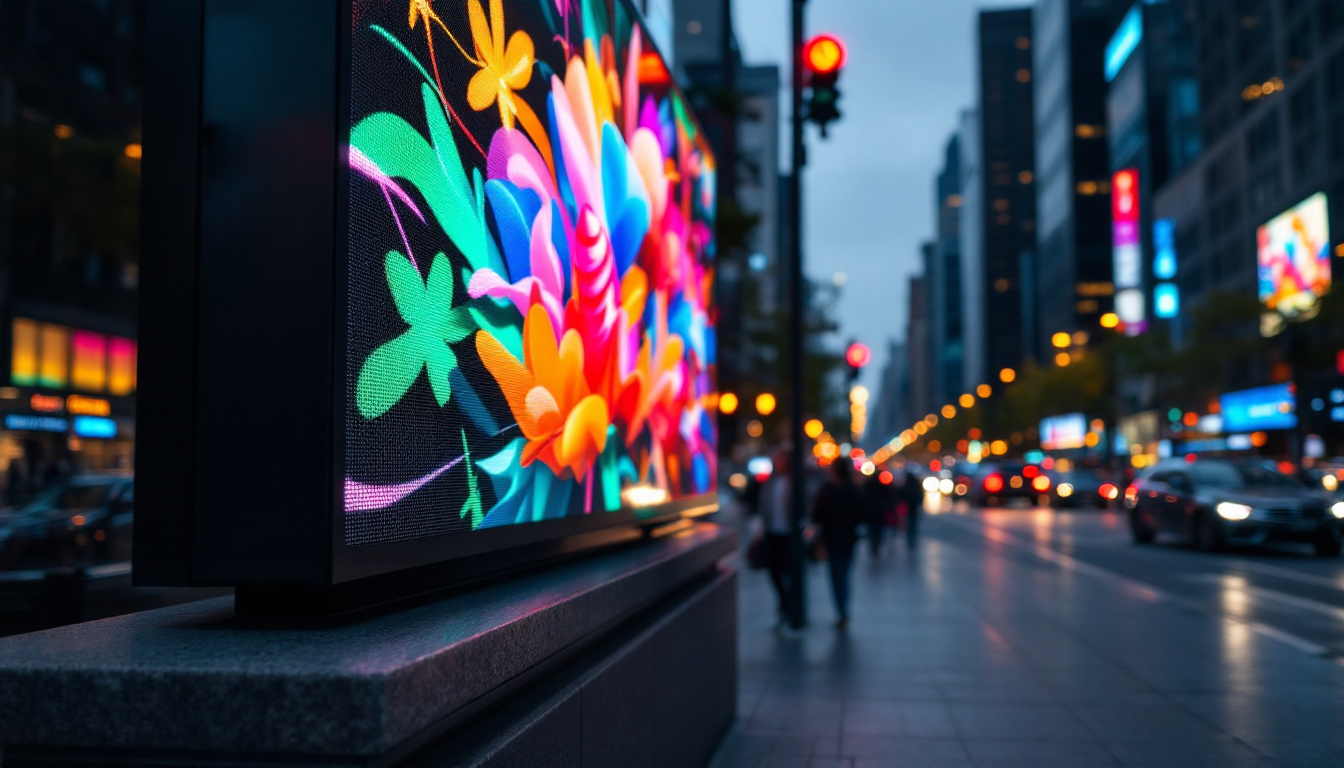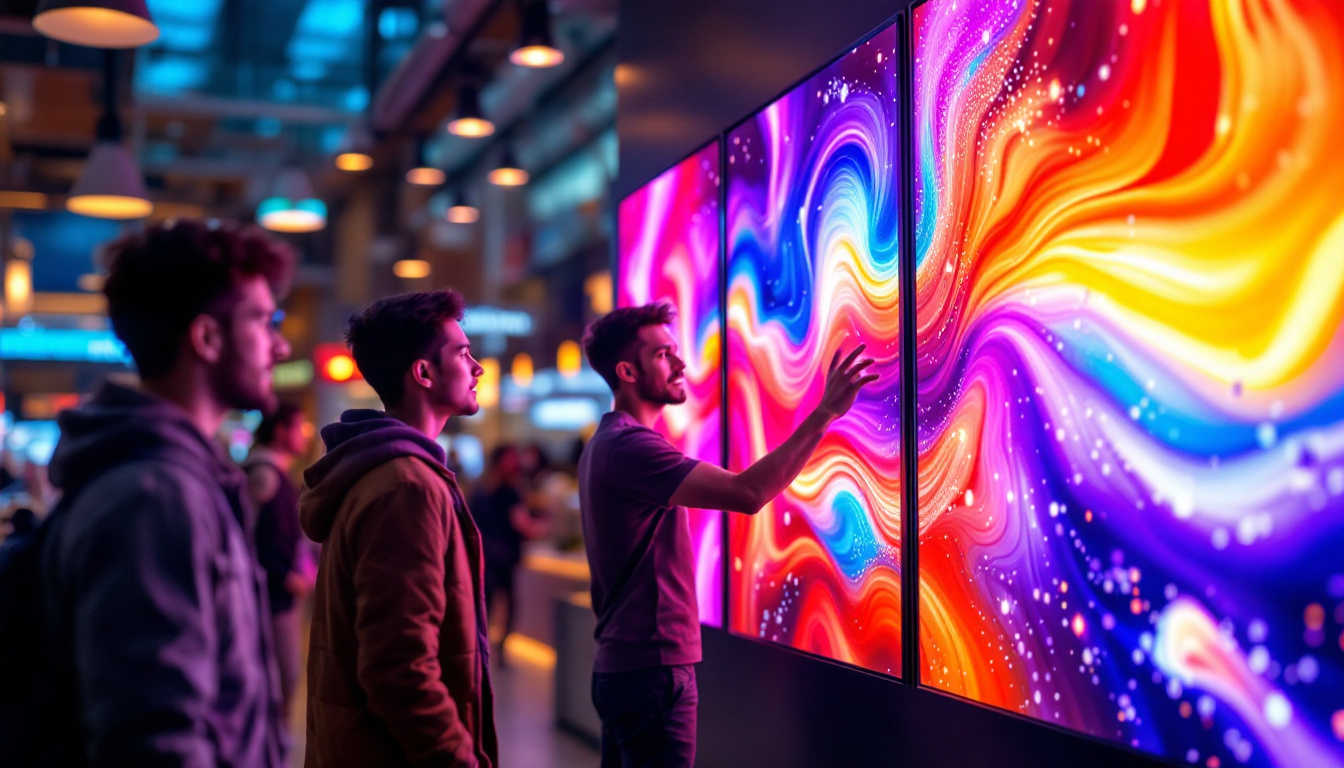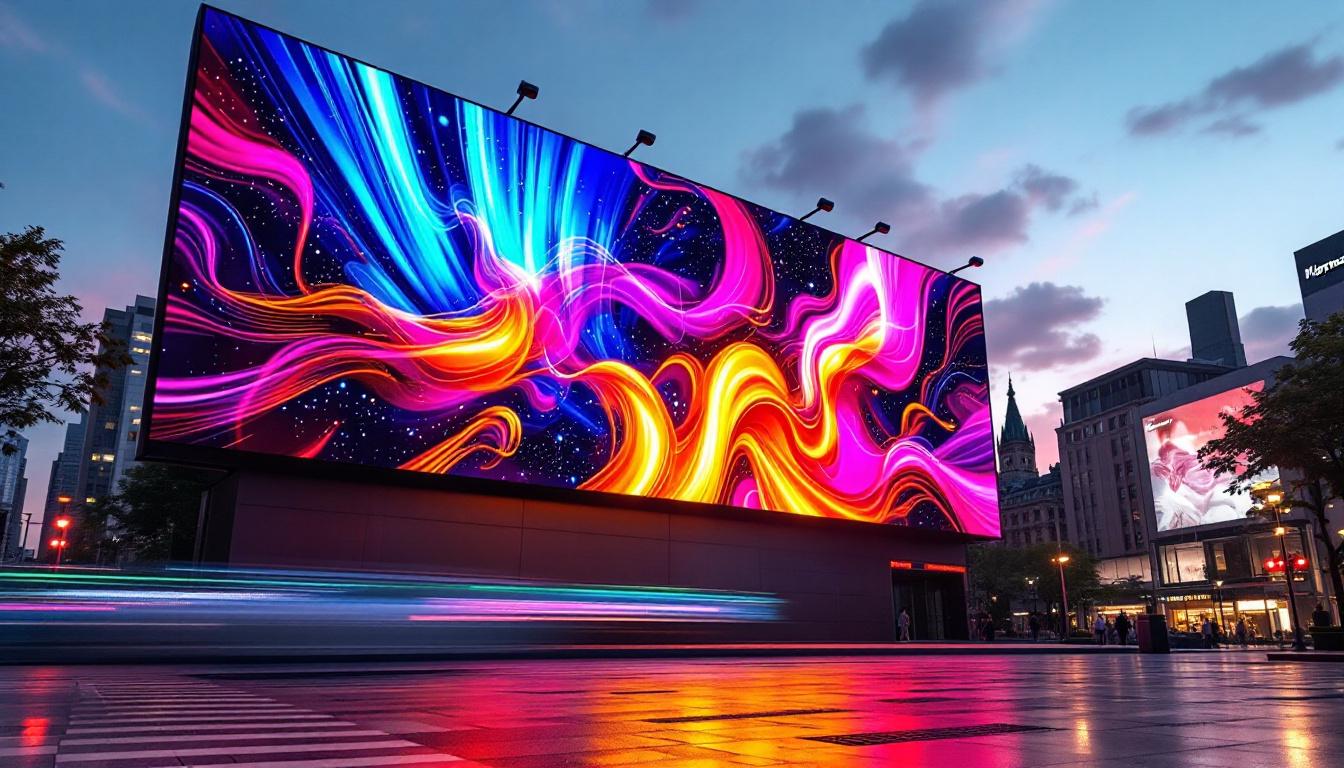In an increasingly digital world, the demand for high-quality visual displays has grown exponentially. Among the various display technologies available today, LED (Light Emitting Diode) displays have emerged as a leading choice for both commercial and personal use. This article delves into the intricacies of LED displays, with a particular focus on the innovative offerings from Walld, a prominent name in the industry.
Understanding LED Technology
LED technology is at the heart of modern display solutions. Unlike traditional display technologies such as LCD or CRT, LED displays utilize semiconductor diodes that emit light when an electric current passes through them. This fundamental difference allows for a range of advantages, including improved energy efficiency, better brightness, and a thinner profile. Moreover, LED technology has revolutionized not just displays but also lighting solutions, paving the way for innovative applications in various fields, from automotive lighting to architectural illumination.
How LED Displays Work
At its core, an LED display consists of numerous tiny light-emitting diodes arranged in a grid. Each diode can be individually controlled, allowing for precise color and brightness adjustments. This capability is what makes LED displays particularly effective for dynamic content, such as videos and animations. The rapid response time of LEDs also contributes to their ability to display fast-moving images without blurring, which is essential for applications in sports broadcasting and gaming.
When an electric current flows through the diodes, they emit light in various colors. By combining red, green, and blue (RGB) diodes, a full spectrum of colors can be produced. This RGB model is the standard for most LED displays, enabling them to render vivid and lifelike images. Additionally, advancements in technology have led to the development of RGBW (Red, Green, Blue, White) systems, which incorporate a white diode to enhance brightness and improve the overall color range, making images even more striking.
Types of LED Displays
There are several types of LED displays, each designed for specific applications. The most common types include:
- Direct View LED: These displays are made up of individual LED modules that are placed close together to create a seamless image. They are often used for large outdoor billboards and indoor video walls. The durability and weather resistance of direct view LED displays make them ideal for outdoor advertising, where they can withstand harsh environmental conditions while delivering high-quality visuals.
- LED Backlit LCD: This technology uses LEDs to illuminate an LCD panel from behind. It offers improved contrast and color accuracy compared to traditional LCDs. The backlighting allows for thinner screens and provides a more uniform brightness across the display, which is particularly beneficial for high-definition content.
- MicroLED: A newer technology that utilizes microscopic LEDs, MicroLED displays promise even greater efficiency and image quality, making them a potential game-changer in the display market. MicroLED technology allows for self-emissive pixels, which means that each pixel can turn on and off independently, resulting in deeper blacks and a higher contrast ratio. This innovation could lead to displays that are not only more energy-efficient but also capable of achieving stunning visual fidelity in a compact form factor.
Walld: Pioneering LED Display Solutions
Walld has established itself as a leader in the LED display market, offering innovative products that cater to various industries. From retail and advertising to entertainment and corporate environments, Walld’s displays are designed to meet the diverse needs of its clients. With a commitment to quality and cutting-edge technology, Walld continually pushes the boundaries of what is possible in visual display solutions, making them a trusted partner for businesses around the globe.
Key Features of Walld Displays
Walld’s LED displays come equipped with several features that set them apart from the competition. These include:
- High Resolution: Walld displays boast impressive pixel densities, ensuring sharp images and vibrant colors, even from close viewing distances.
- Modular Design: The modular nature of Walld displays allows for easy customization and scalability. This means that businesses can start with a small setup and expand as needed without compromising quality.
- Energy Efficiency: With a focus on sustainability, Walld designs its displays to consume less power while delivering exceptional brightness and performance.
Applications of Walld LED Displays
Walld’s LED displays find applications across various sectors. Some notable uses include:
- Retail: In retail environments, Walld displays are used to create eye-catching advertisements and promotions, enhancing the shopping experience.
- Events: From concerts to corporate events, Walld displays provide dynamic visual content that captivates audiences and enhances engagement.
- Transportation: Airports and train stations utilize Walld displays for real-time information dissemination, ensuring travelers are well-informed.
Beyond these applications, Walld displays are increasingly being integrated into smart city initiatives, where they serve as vital information hubs. These displays can relay important updates, such as traffic conditions or emergency alerts, contributing to the overall safety and efficiency of urban environments. Additionally, educational institutions are leveraging Walld technology to enhance learning experiences, using large-format displays in classrooms and auditoriums to facilitate interactive learning and presentations.
Furthermore, Walld is committed to continuous innovation, regularly updating its product line to incorporate the latest advancements in display technology. Features such as touch interactivity and augmented reality capabilities are being explored, allowing businesses to create immersive experiences that engage customers on a deeper level. As the demand for high-quality visual solutions grows, Walld remains at the forefront, adapting to the evolving needs of its clients while setting new industry standards.
Benefits of Using LED Displays
LED displays offer numerous advantages that make them an appealing choice for businesses and organizations. Understanding these benefits can help stakeholders make informed decisions regarding their visual display needs.
Enhanced Visibility
One of the primary benefits of LED displays is their exceptional brightness. Unlike traditional displays, which can struggle in bright environments, LED technology ensures visibility in various lighting conditions. This feature is particularly important for outdoor applications, where sunlight can significantly impact screen performance. Furthermore, LED displays can produce vibrant colors and high contrast ratios, enhancing the overall visual experience. This capability allows businesses to capture the attention of passersby more effectively, making them an ideal choice for advertising and promotional events.
Longevity and Durability
LED displays are known for their longevity. With a lifespan that can exceed 100,000 hours, they require less frequent replacement compared to other display technologies. Additionally, LED displays are more resistant to shock and vibration, making them suitable for high-traffic environments. This durability is particularly beneficial in settings such as sports arenas or concert venues, where displays are subject to constant movement and potential impacts. Moreover, the robust construction of LED displays often includes weatherproofing features, allowing them to withstand harsh environmental conditions, from heavy rain to extreme temperatures, ensuring consistent performance year-round.
Cost-Effectiveness
While the initial investment in LED technology may be higher than traditional displays, the long-term savings are significant. Reduced energy consumption, lower maintenance costs, and fewer replacements contribute to a lower total cost of ownership over time. Additionally, the energy efficiency of LED displays translates into a smaller carbon footprint, making them an environmentally friendly option. As businesses increasingly prioritize sustainability, the use of LED technology aligns with corporate responsibility goals. Furthermore, the ability to update content easily and frequently without the need for physical changes can lead to increased engagement and return on investment, as companies can tailor their messaging to current promotions or events in real-time.
Challenges and Considerations
Despite their many advantages, LED displays also come with certain challenges that potential users should consider. Understanding these challenges can help organizations make better decisions when investing in display technology.
Initial Investment
The upfront cost of LED displays can be a barrier for some businesses. While prices have decreased in recent years, high-quality LED displays still require a substantial investment. Organizations must weigh the benefits against the initial expenditure to determine if it aligns with their budget and goals.
Technical Expertise
Installing and maintaining LED displays often requires specialized knowledge. Organizations may need to invest in training or hire skilled technicians to ensure optimal performance. This requirement can add to the overall cost and complexity of implementing LED technology.
Environmental Impact
While LED displays are generally more energy-efficient than their counterparts, the production and disposal of electronic components can have environmental implications. Organizations should consider sustainable practices when sourcing and disposing of LED displays to minimize their ecological footprint.
The Future of LED Displays
The future of LED display technology is promising, with ongoing advancements paving the way for even more innovative applications. As technology continues to evolve, several trends are expected to shape the landscape of LED displays.
Integration with Smart Technology
As the Internet of Things (IoT) becomes increasingly prevalent, the integration of LED displays with smart technology is on the rise. This integration allows for real-time data sharing, dynamic content updates, and enhanced interactivity, creating a more engaging experience for users.
Advancements in MicroLED Technology
MicroLED technology is poised to revolutionize the display market. With its potential for higher resolution, lower power consumption, and improved flexibility, MicroLED could soon become the standard for high-end displays. Companies like Walld are already exploring this technology, promising exciting developments in the near future.
Increased Customization
As businesses seek to differentiate themselves, the demand for customizable display solutions is growing. Future LED displays will likely offer greater flexibility in terms of size, shape, and functionality, allowing organizations to tailor their displays to their specific needs.
Conclusion
LED displays have transformed the way information is presented and consumed across various sectors. With their superior brightness, energy efficiency, and durability, they offer a compelling solution for businesses looking to enhance their visual communication. Walld stands out as a leader in this space, providing innovative and high-quality LED display solutions that cater to diverse applications.
As technology continues to evolve, the future of LED displays looks bright. With advancements in smart technology integration, MicroLED developments, and increased customization options, organizations can expect even more exciting possibilities in the years to come. Embracing LED display technology is not just a trend; it is a strategic move toward engaging audiences and enhancing brand visibility in an increasingly competitive landscape.
Discover the Future of Visual Communication with LumenMatrix
Ready to elevate your visual communication strategy with cutting-edge LED display technology? Explore LumenMatrix’s comprehensive range of LED display solutions, from vibrant Indoor and Outdoor LED Wall Displays to innovative Custom and All-in-One LED Displays. Whether you’re looking to captivate your audience with a Transparent LED Display or engage fans with a dynamic LED Sports Display, LumenMatrix has the technology to bring your vision to life. Check out LumenMatrix LED Display Solutions today and join the revolution in digital signage and visual storytelling.

